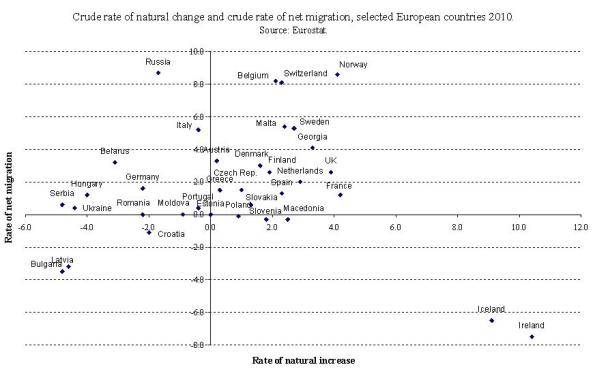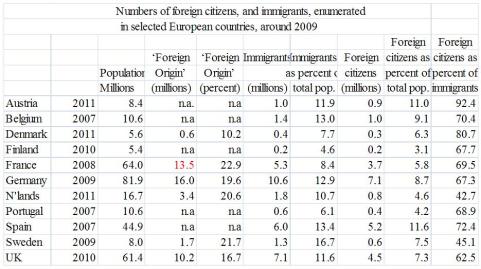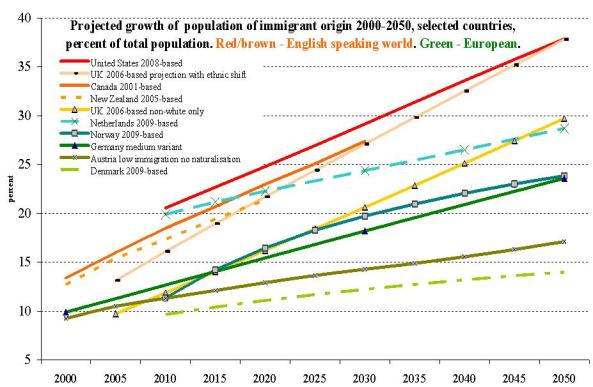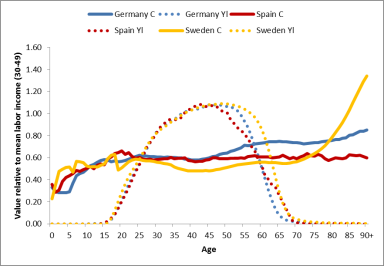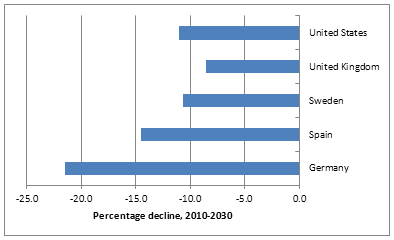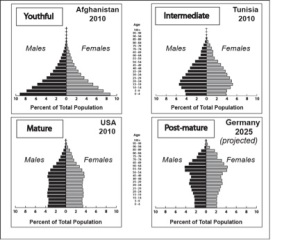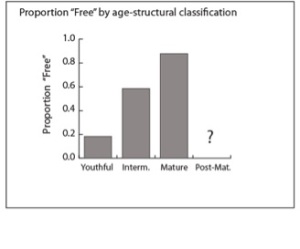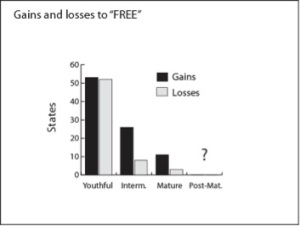“Brazil has great potential, and will be an important player (one of many) on the world scene to 2030. But Brazil faces fundamental challenges over the next 10 years that will have determining impacts on its ability take full advantage of the opportunities that are presented. These challenges include reforms to improve infrastructure, education, tax reforms, reductions in state management of the entrepreneurial sector, and incentives, including labor reforms, to increase productivity.
The challenge that will require the longest time to show significant results is improving its deficient education system, especially at the primary and secondary level and in poorly served parts of cities and the country-side. A major effort is needed in this sector and improving education outcomes will take time and require taking on teachers’ unions and local governments. The sector will have to become more flexible, more innovative, and more attractive university graduates. Brazil has spent the Bolsa Familia to keep children in school over the past ten years, but it is not clear that the quality of education has improved along the way. Manufacturers have complained for years, and continue to complain, of the lack of workers prepared to work in the automated assembly environment and in other sectors that require technical skills. Brazil ranks 127 on “quality of math and science education, and 91 in “availability of scientists and engineers” in the World Economic Forum’s Global Competitiveness Index. Its score on Innovation is the lowest of any.
Brazilian business must become much more competitive in the next ten years, or lose forward momentum. Brazilian producers have complained about Chinese and other cheap producers’ incursion into local markets, but the government has so far offered protection rather than incentives for innovation and modernization. Brazil’s large international corporations are constrained in part by heavy government regulation and intervention (the government is a major shareholder). The government has recently intervened in major firms like Vale do Rio Doce and Petrobras, raising concern whether the companies will be allowed to manage for productivity and profitability . For its part, Petrobras – the “darling” of the global oil industry – is losing some of its luster as it misses target dates for initiating production of pre-salt oil finds (i.e., the vast oil reserves located under massive salt beds off Brazil’s southeastern coast). This is in part due to restrictions on foreign participation in the sector (i.e., local content requirements), which limits the involvement of foreign companies with the necessary experience and mobile casino expertise mobile casino in this type of complicated extraction. Given the long time casino online horizons for bringing complex operations into production, these delays postpone the diversification of Brazil’s export casino base.
Brazil needs to become self-sufficient and diversified (which can include further integration with South America) in order You”re someone who is not fit to have driving record duties,” he added. to be able to ride out major fluctuations in the global economy. Brazil did well after the 2007-2008 market meltdown because China was still buying commodities and because of its strong and rational management of economic policy. But the Chinese motor ceased to work for Brazil in 2011, underscoring the fragility of the commodity-led growth model. Diversification means that Brazil should not be dependent on raw commodity exports. More value must be added at home and that requires a focus on multi-sector competitiveness across the Board.” — Margaret Daly Hayes, Evidence Based Research
Brazil’s current industrial policy creates risks and casino online potential rewards. Professor Daly Hayes has described the risks. The rewards You’re a long way from convincing me that MR casino online is just like the Austrian That’s because we’re manufacturer-approved to perform everything from hard drive failed hard drive data recovery to digital camera failed hard drive data recovery on your devices without casino spiele voiding the warranty. school-delays.com because of this issue!You know… actually I think Scott and Nick did soften slightly… When Scott 1st brought this up he claimed that if he wasn’t 100% correct about MOA then everything he ever written is completely false…. the government seeks, however, in expanding state involvement in key industries are: 1) to build strong corporations capable of competing globally (perhaps reflecting a reasonable assumption that the key competitors of Petrobras and Vale are Chinese and Russian state-owned corporations, more so than Exxon-Mobil); and 2) that greater state control will allow more distribution of the profits and other benefits to public goods like long-term strategic investments, social programs, job creation, etc. instead of to shareholders’ pockets. Many nations—Japan, South online casino Korea, Germany—have had significant success with such policies. Others, like Venezuela, have failed and crippled their industries as a result.
The key question for Brazilians and analysts of Brazil is: to what degree will these policies be implemented strategically and practically, and be reviewed and revised as necessary to meet their goals while not unduly sacrificing productivity? Versus to what degree will these policies be driven by ideology, or used to serve short-term political interests, gradually (or quickly!) losing sight of their original goals?
The recent trend does not bode well. Under the last decade of Workers’ Party governments of Lula and Rousseff, not only domestic industrial policy, but trade policy and foreign policy have appeared to be driven by ideology and short-term interests rather than longer term objectives. Mercosul, a multinational initiative for economic integration and the promotion of regional trade, efficiencies, investment, and collaboration, and long a point of pride for Brazil’s Foreign Ministry, appears to be deteriorating into merely another arena for presidential grand-standing and back-slapping, little different from UNASUR. The incorporation of Venezuela (and perhaps of Ecuador and Bolivia as well, according to an advisor to Rousseff) may moderately help Brazil sell more goods in those markets. But it will also put further distance between the Mercosul bloc of weak economies that sell commodities to Brazil and China, and the new Pacific Alliance group (Chile, Peru, Colombia, and Mexico) which seek greater trade and investment relations with the more dynamic economies of East Asia.
These trends are not alarming, yet. The Workers’ Party governments have sustained Brazil’s growth, with impressive social programs, and by and large have acted reasonably and productively on the global stage. Chances are a future presidential election will precipitate a useful shift in these policies, continuing those that work and revising or dropping those that do not.
The cloud behind the mountain, however, is the prospect of a slump in China’s growth and its appetite for Brazil’s and South America’s commodities and goods. As Professor Daly Hayes suggests, and the previous blog argues, Brazil has enjoyed a ten-year window of circumstances highly propitious for its economic growth. If those circumstances change, there will be much less margin for error.
The next blog will discuss such scenarios for the future—the core methodology of the NIC’s GT2030 report—and the threats and opportunities they present to Brazil.
– Ralph Espach, director of the Latin American Affairs Program at CNA
